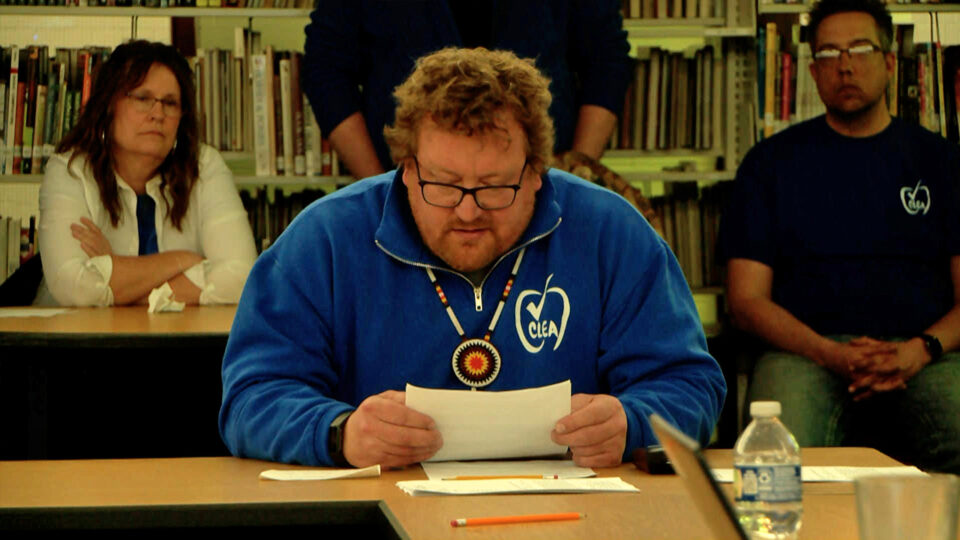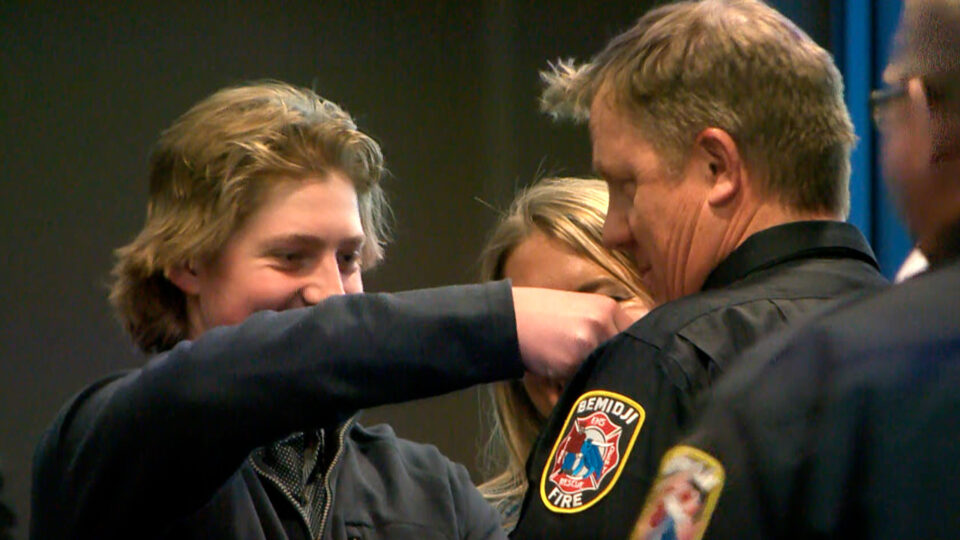Mar 27, 2019 | By: Malaak Khattab
Universal Exercise Unit Helping Young Patients At Sanford Orthopedics & Sports Center
Halle has been coming to the Sanford Orthopedics and Sports Medicine Center since she was six weeks old. Halle’s mom said they didn’t know she had any type of disability.
“We didn’t know that she had any type of disability when she was born,” Katherine Monkman said. “And her pediatrician noticed that during her first checkup that she wasn’t meeting those milestones.”
Karson was six months old when his mom noticed he wasn’t using his right side to hold a bottle.
“When he was a year, I finally insisted that something was wrong,” Morgan Furey said. “So they took an MRI and found that he had scar tissues in the left side of his brain which effects your whole right side.”
Karson was diagnosed with hemiplegia cerebral palsy. Cerebral palsy is a disability that effects a person’s ability to move and maintain balance.
“These kids have more complicated needs; they often are receiving multiple therapies because that injury to the brain has caused issues with them,” Pediatric Physical Therapist Tonya Onstad said. “Learning large motor skills but also fine motor skills, how to talk, even affecting how they eat, communication and just general function of play in the world. “
The Children’s Therapy unit at the Sanford Orthopedics and Sports Medicine Center received the Universal Exercise Unit in October and have been treating patients like Halle and Karson ever since.
Halle had a hard time standing up on her own. Now she is able to squat and play with her toys.
‘Halle doesn’t speak, she uses some signs. So being able to pick something up that she wants and bring it Mom or bring it to sister is just another way of her being more independent and telling us what she wants.” Monkman said.
Kids come at least twice a week to do their treatment with the Universal Exercise Unit because it’s a specific training program that facilitates targeted muscles in multiple positions.
“To work on activities that quiet down or inhibit the muscles that are working too much, because with cerebral palsy specifically, there are components called spasticity where the brain sends too many messages to muscles and that muscle kind of does all the work all the time, and that causes problems and the other muscles don’t get much of a chance to learn how to function,” Onstad said.







